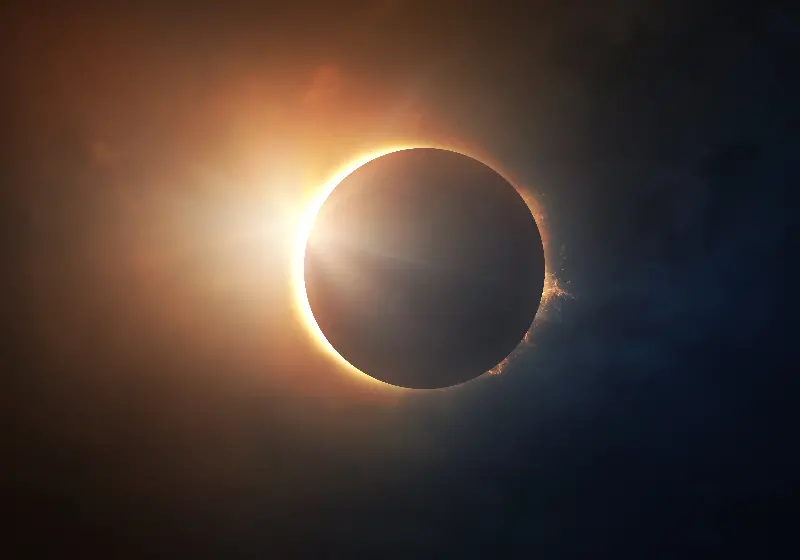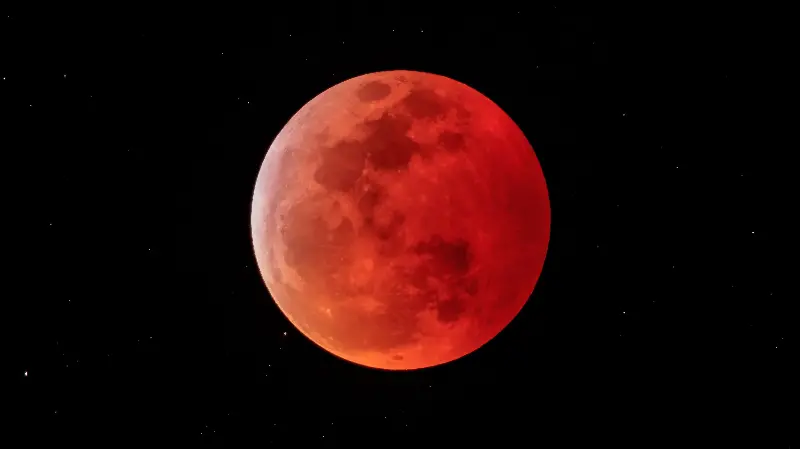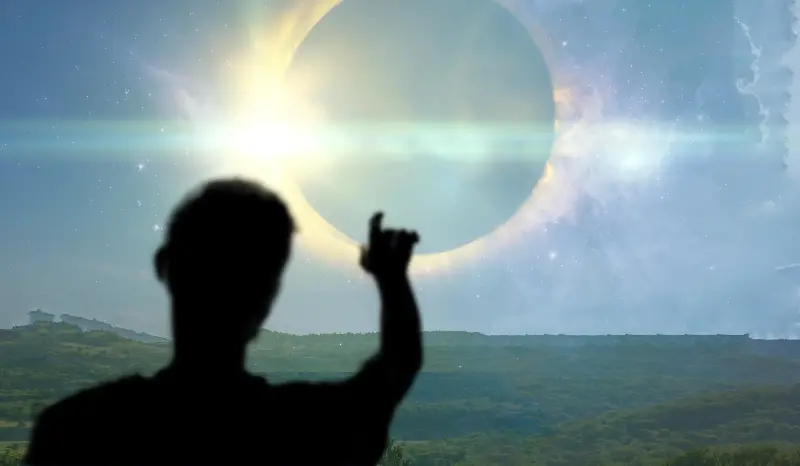On a cloudless afternoon, you look up and suddenly notice the light dimming, not from a wayward cloud but because a cosmic dance is unfolding above. Shadows in the sky have intrigued humanity for millennia, from the days of ancient astronomers to the present era of space probes and livestreamed space events. Eclipses, those mysterious and breathtaking moments when one celestial body blocks the light from another, are more than just captivating spectacles. They offer a front-row seat to the mechanics of our solar system and a reason to wonder at the marvels of nature.

What Exactly Is an Eclipse?
An eclipse occurs when one celestial body moves into the shadow of another. Essentially, the alignment creates a temporary “shadow play” in space, visible from our vantage point on Earth. The best-known eclipses are solar and lunar, but nature offers several types, each with a unique scientific explanation and visual characteristics.
During a solar eclipse, the Moon glides between the Sun and Earth, casting its shadow over our planet. Conversely, a lunar eclipse happens when Earth itself moves between the Sun and the Moon, causing Earth’s shadow to drape across the lunar surface. There are even more rare occurrences, like planetary transits and eclipses involving other planets’ moons, which scientists observe using telescopes.
Total, Partial, and Annular: The Many Faces of Solar Eclipses
Solar eclipses are perhaps the most dramatic. When the conditions are just right, the Moon’s shadow sweeps across the Earth, turning day into night for those in the path. But solar eclipses come in three main forms: total, partial, and annular, each with its own set of wonders.
A total solar eclipse is a showstopper. For a few precious minutes, the Moon perfectly covers the Sun’s bright disk, revealing the ethereal solar corona—a pearly halo of hot plasma—and sending temperatures plummeting on Earth. These events are rare at any particular location, often occurring only once every few generations.
In a partial solar eclipse, the alignment isn’t quite perfect, so the Moon covers only a portion of the Sun. These eclipses are more common, but they don’t bring the atmospheric drama of a total eclipse.
An annular solar eclipse creates perhaps the most peculiar solar “shadow” of all. Here, the Moon is farther from Earth in its elliptical orbit, so it appears smaller in the sky. It doesn’t completely block the Sun, leaving a brilliant ring of sunlight—called a “ring of fire”—around the Moon’s dark silhouette.

The Science Behind Lunar Eclipses
Lunar eclipses, while gentler in appearance, are equally fascinating. These events happen only when there’s a full Moon and the Sun, Earth, and Moon all align perfectly. As the Moon moves through Earth’s shadow, its surface gradually dims and then glows with an eerie copper or reddish hue. This coloring, known as “blood moon,” happens because Earth’s atmosphere bends some sunlight into the shadow and scatters out the blue and green components. The remaining red wavelengths gently light up the Moon.
Unlike solar eclipses, which are visible only from a narrow path, lunar eclipses can be seen by anyone on the nighttime side of Earth. They last longer, too—sometimes for several hours—making them a favorite among sky watchers.

Eclipses Beyond the Earth-Moon System
Although most of us will experience eclipses involving the Sun and Moon, the universe offers many other types of eclipse events. For example, astronomers observe exoplanet transits—tiny eclipses that occur when a planet passes in front of its host star as seen from Earth. These subtle dimmings allow researchers to discover far-flung worlds and even analyze their atmospheres.
Elsewhere in the solar system, the gas giants Jupiter and Saturn orchestrate regular eclipses among their many moons. In 2009, astronomers observed mutual eclipses and occultations between Jupiter’s four largest moons—events that reveal insights into the orbits and physical properties of these distant satellites.
Why Eclipses Captivate Us
The appeal of eclipses isn’t just rooted in their celestial mechanics; it’s also about perspective. An eclipse unites scientists and sky gazers in shared awe, reminding us that we live on a spinning planet orbiting a luminous star. For ancient cultures, eclipses were omens or messages from the gods; today, they are moments for scientific measurement and breathtaking art.
Eclipse chasers—enthusiasts who travel the globe to experience these fleeting events—describe a total eclipse as a “cosmic coincidence.” The Sun is 400 times wider than the Moon but also 400 times farther away, allowing the two bodies to appear nearly the same size in our sky. It’s a fantastic accident of nature, one that won’t last forever: the Moon is slowly moving away from Earth, so in the distant future, total solar eclipses will become a thing of the past.
Eclipses have also played a key role in scientific breakthroughs. The 1919 solar eclipse, for instance, allowed Sir Arthur Eddington to confirm Einstein’s general theory of relativity by showing that starlight bends as it passes near the Sun.

How to Safely Watch an Eclipse
While lunar eclipses pose no risk to your eyes, solar eclipses demand caution. Looking directly at the Sun, even during a partial eclipse, can cause serious eye damage. Special eclipse glasses or indirect viewing methods are essential. Many observatories now host public eclipse parties, combining education, safety, and community excitement in one event.
Eclipses, in all their diverse forms, invite us to look up and remember our place in a universe filled with motion, shadow, and light. Each event is an opportunity to come together—whether on a mountaintop at sunrise, a city rooftop at dusk, or online with millions—to witness the timeless ballet of celestial bodies above.
